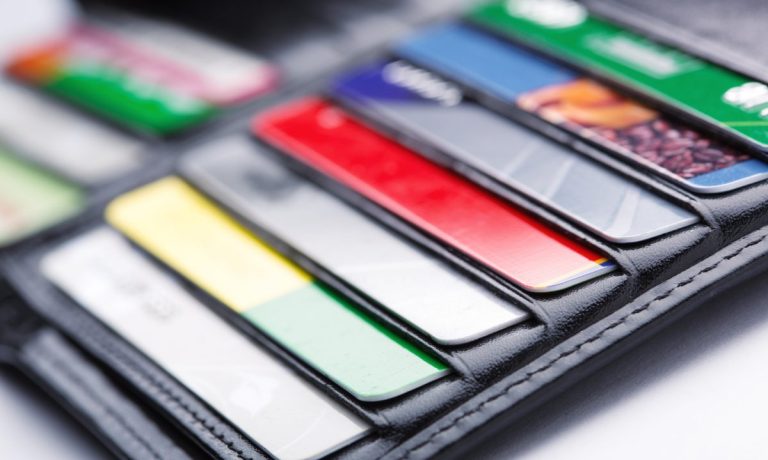Consumers Still Tapping Cards to Spend but Credit Growth Slows

We may be seeing a tipping point for debt — where gains in personal loan borrowing come at the expense of pricier credit card debt.
It’s a change that also signals that consumers are refocusing on controlling the monthly expenses they can control.
The Federal Reserve released its latest data on consumer borrowing on Monday (Nov. 7), and the pace slowed, notably, for credit card debt.
For the month of September, total revolving credit stood at $1.162 trillion, up 8.7% year over year, and down from double-digit annual percentage gains that had marked the previous months.
Drill down a bit, and the answer might be clear as to why: The commercial bank interest rates stood at 16.3% on credit card loans, up from 14.5% in the third quarter of 2021. The Fed’s data was a bit more palatable on personal loans, where the average rate was 10.2% on a 24-month loan, though that, too, was up from 9.4% in the third quarter of 2021.
Slowing Pace
The main takeaways are that, though monthly obligations are growing, the pace is slowing, and triangulating the Fed’s data with PYMNTS’ own research may hint at why. A majority of us live paycheck to paycheck — more than 60% of us do, and 55% of us have limited spending capacity, and it makes sense that there’d be more prudent management of household obligations.
Consider too, that other PYMNTS reports have shown that paycheck-to-paycheck consumers are three times as likely to revolve credit card debt and carry higher monthly balances overall. Among cardholders living paycheck to paycheck, 34% of those without issues paying monthly bills and 47% of those who struggle to pay their bills “always” or “usually” have a revolving balance. Just 12% of consumers not living paycheck to paycheck “always” or “usually” revolve credit.
The bulk of that credit card debt, then, is being carried by consumers who have taken on revolving debt and are increasingly challenged by that debt.
As spotlighted in this space as earnings season winds on, companies including Discover are disclosing that delinquency rates have been on the rise. In supplementals and earnings results from the company released last week, the credit card 30-day delinquency rate was 2.1% in the most recent quarter, up from 1.8% in the second quarter of this year and 1.5% last year.
Increasingly, debt consolidation and lower rates paid on that debt (as echoed by the Fed’s aforementioned data) are proving attractive. Discover’s management said on the call that personal loans on the books were up 11.4% year over year and 7.4% quarter over quarter to $7.7 billion. As CEO Robert Hochschild said on a call, “a rising rate environment creates a lot of focus on debt consolidation, which is the primary use of our personal loans.” Loan growth is expected to be in the high teens percentage points.
Lending Club CEO Scott Sanborn said on the most recent earnings call last month that, as quarterly loan originations were up 14% year over year, “the majority of our members come to us to consolidate credit card debt,” and noted that “the impact of the earliest Fed rate hikes are showing up in their credit card bills, with card rates and balances at record highs and with additional increases on the horizon.” He added that “our fixed-rate, closed-end loans continue to be a highly attractive way for consumers to save money.”
The Fed’s data only serve to underscore that though consumers are still spending, caution is in the cards — literally.